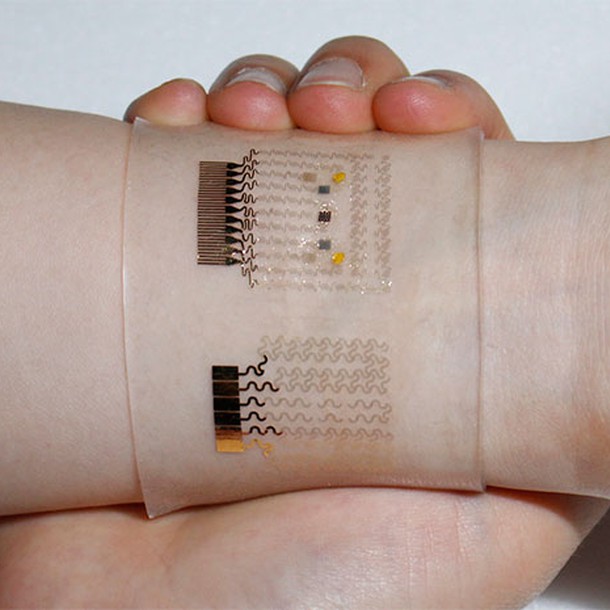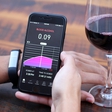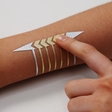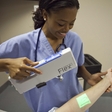
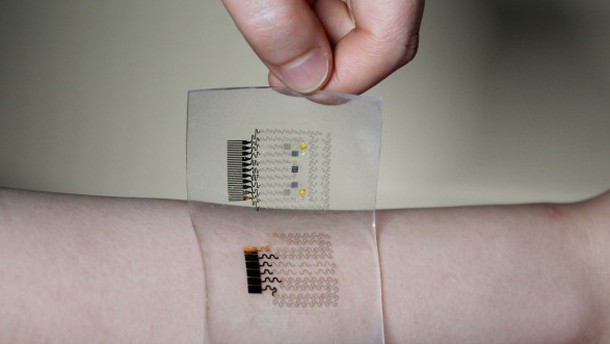
Fantastic news - the days of inuslin pumps, injectors and finger-pricking blood glucose testing may soon come to an end! Here comes a small, yet incredibly powerful device - a wearable electronic skin patch for monitoring sweat-based diabetes that can administer drugs (automatically even) with microneedles!
The innovative patch was created by Dae-Hyeong Kim, assistant professor at Seoul National University, and his team of researchers at MC10, a company from Massachusetts producing stretchable electronics that "minimize burden and maximize health insights". Their prototype is the first invention to offer detection and drug delivery for patients with diabetes; moreover, it is also capable of storing data on drug delivery activity that can be wirelessly shared with a smartphone and easily reviewed at any given time.
According to a paper in Nature Nanotechnology, the stretchable device features a serpentine bilayer of gold mesh and gold-doped graphene that forms an efficient electrochemical interface for the stable transfer of electrical signals.The patch consists of a heater, temperature, humidity, glucose and pH sensors (taking measurements from sweat) and polymeric microneedles that can be thermally activated to deliver drugs transcutaneously.
So, how does it work? If the patient's glucose levels rise, the patch senses the change and reacts - heaters trigger microneedles that release metformin right below the skin surface to regulate and reduce high blood sugar levels, according to MIT Technology Review, which also quotes Roozbeh Ghaffari, cofounder of MC10, for commenting that "this is the first closed-loop epidermal system that has both monitoring and the noninvasive delivery of diabetes drugs directly to the subject."
The device was already tested on diabetic mice and two adult men with diabetes, however further human trials haven't been scheduled yet, as the experimental version requires more drug to actually work and meet the needs of patients.
